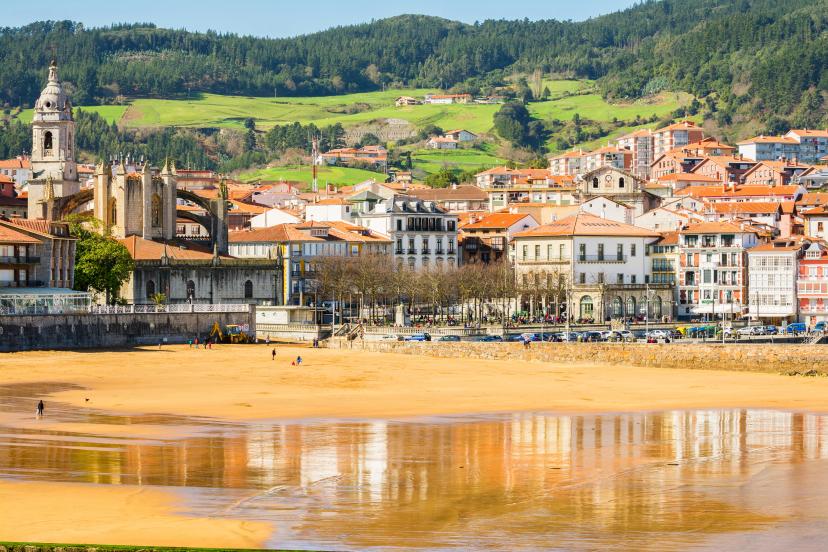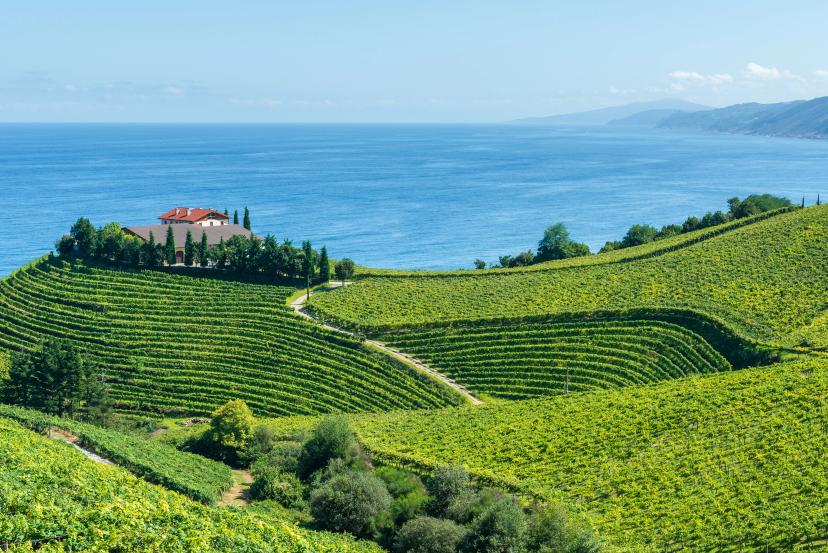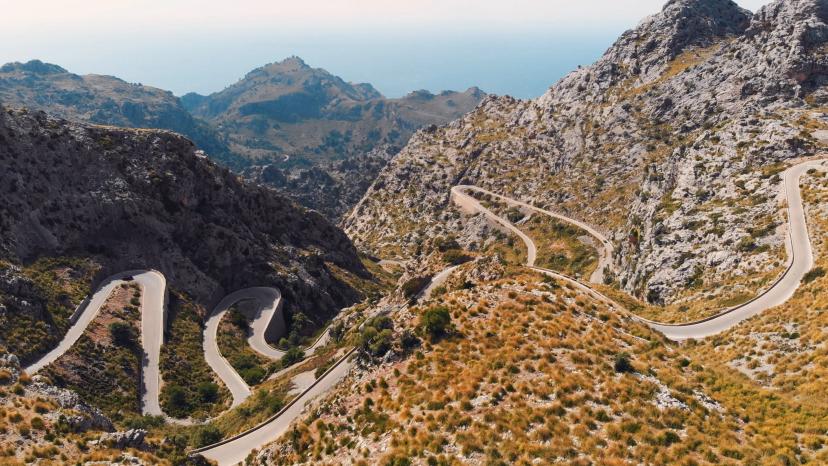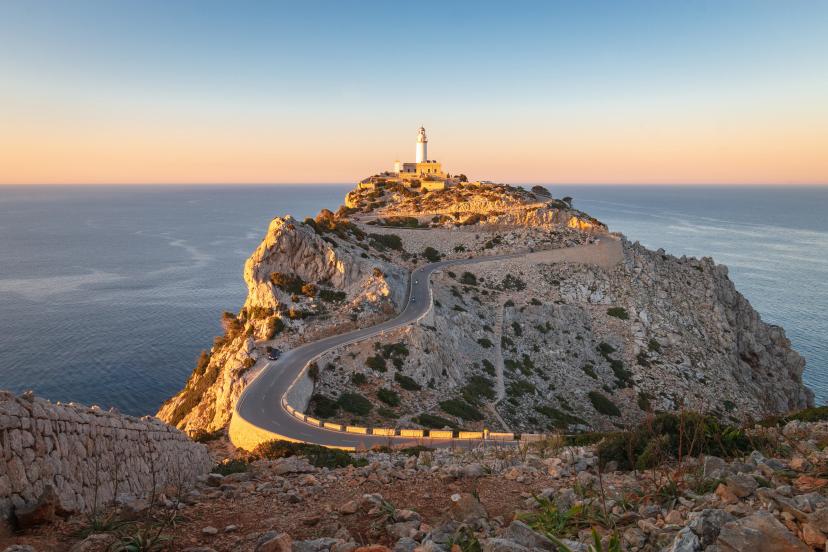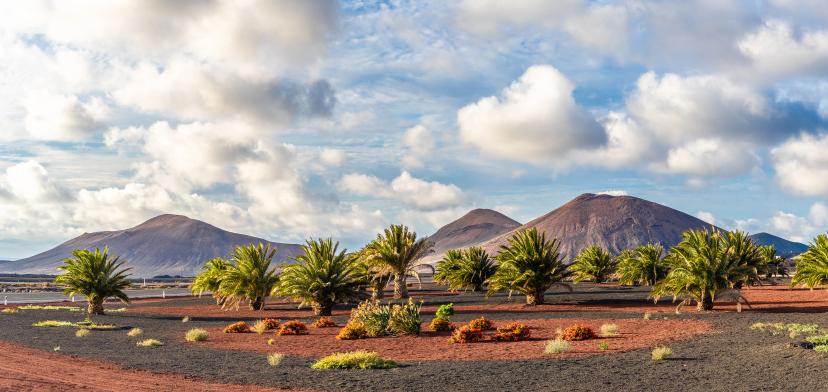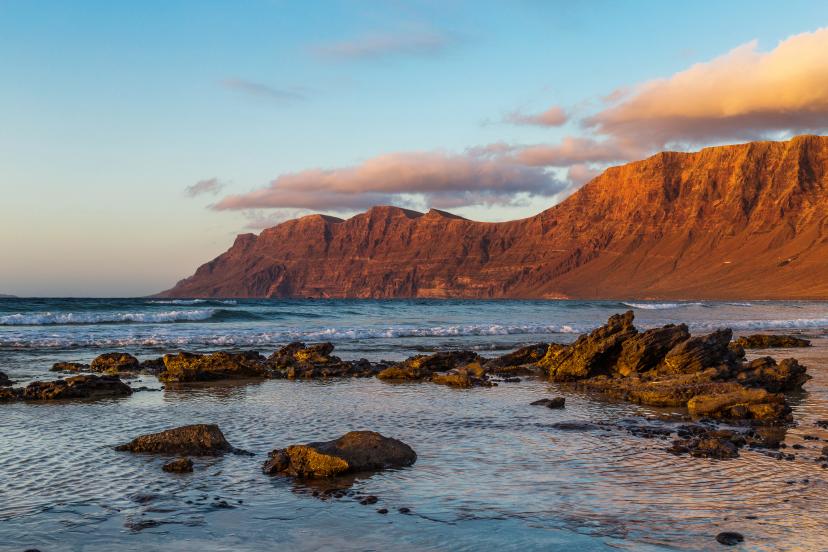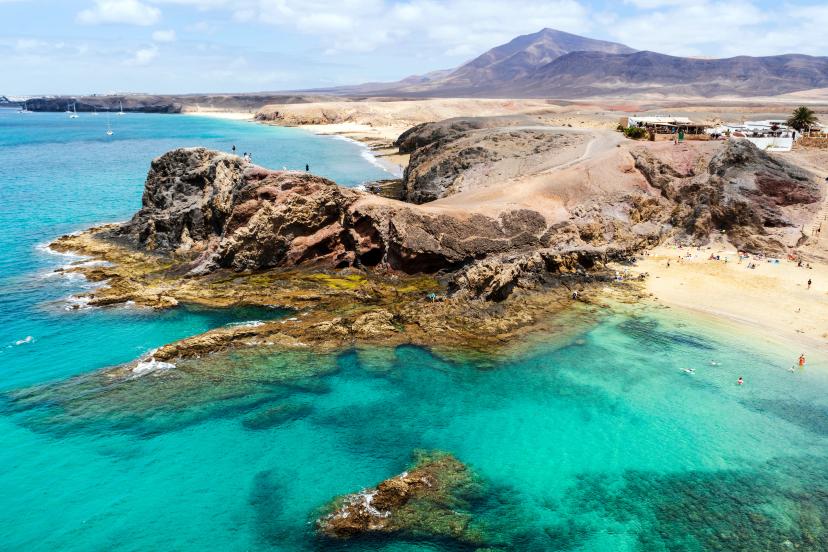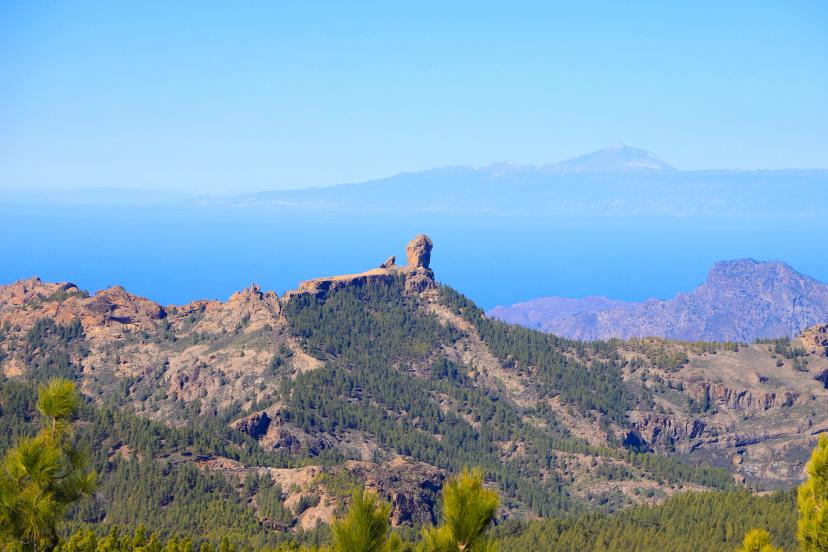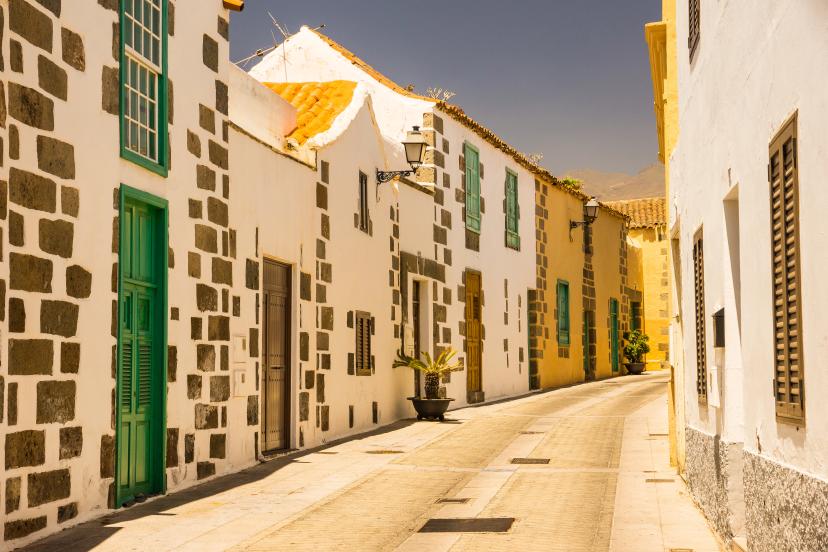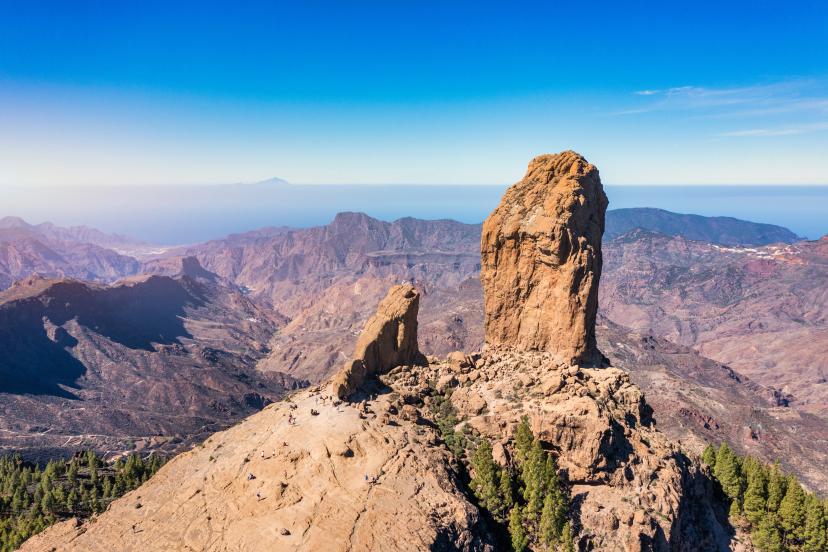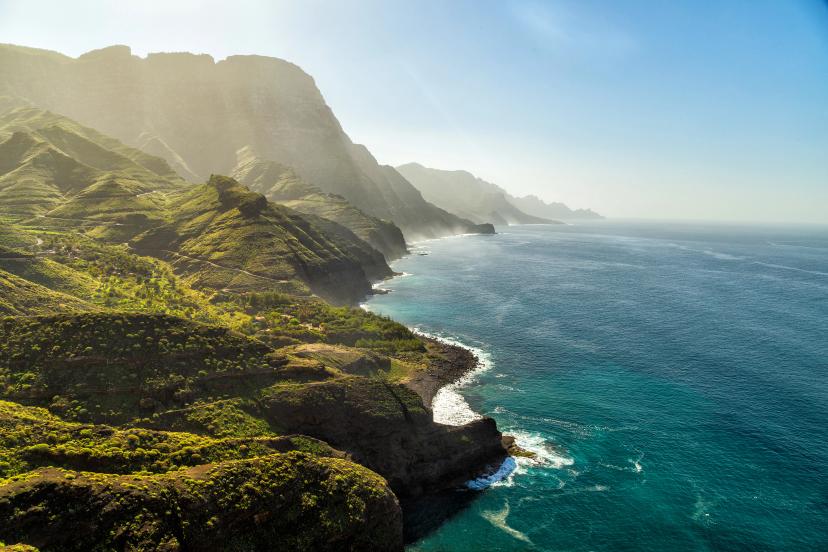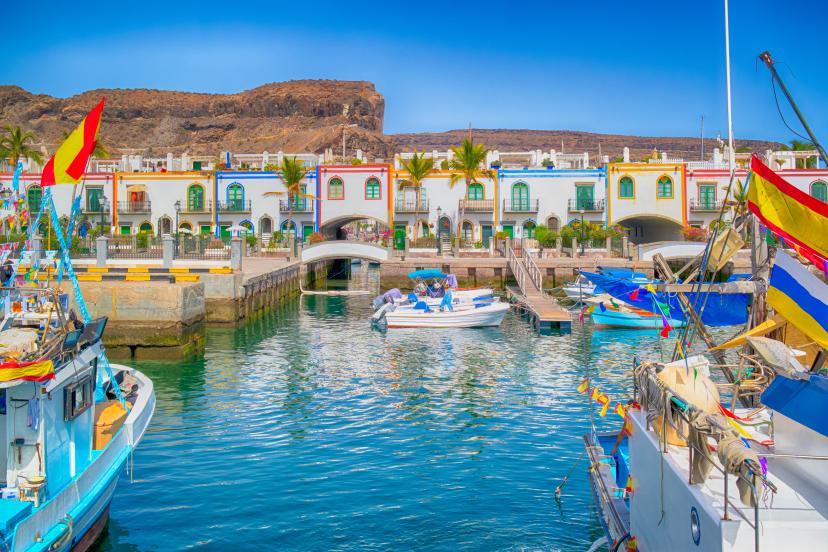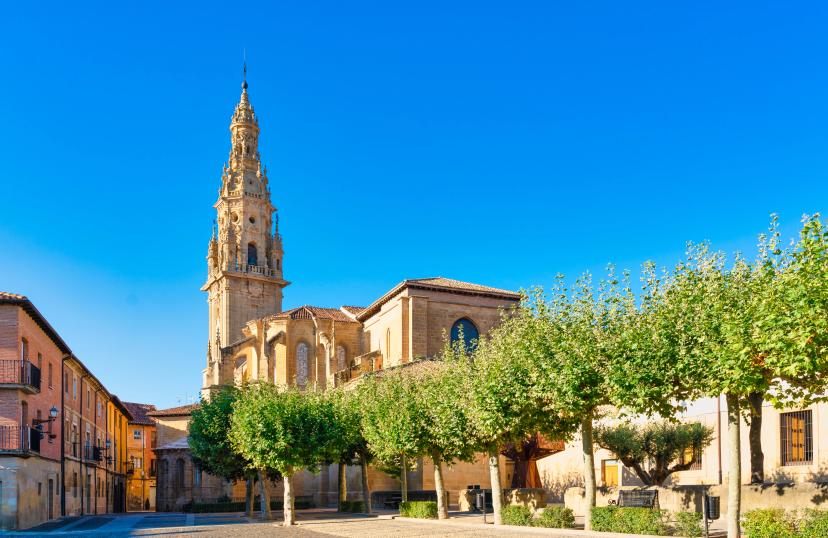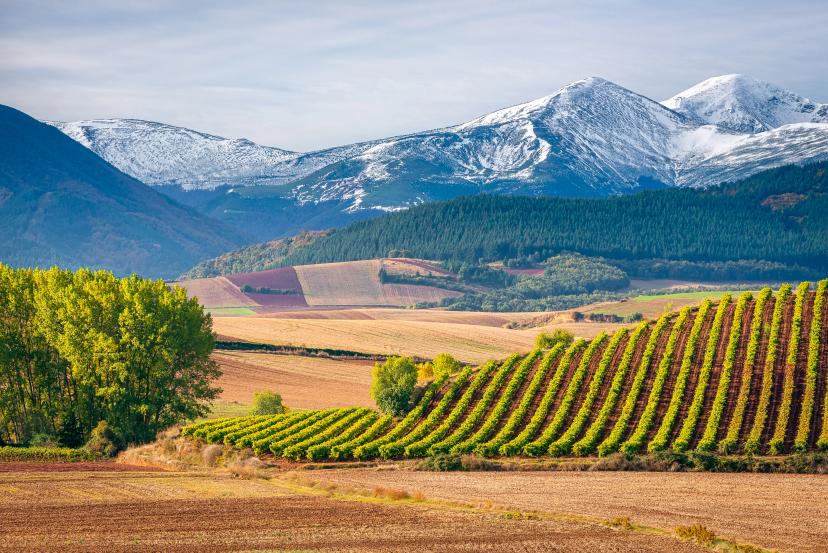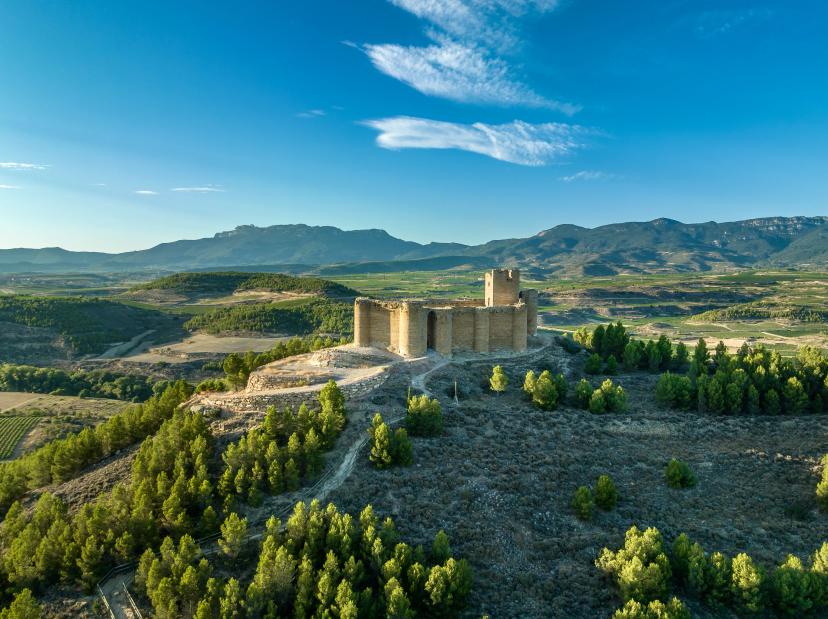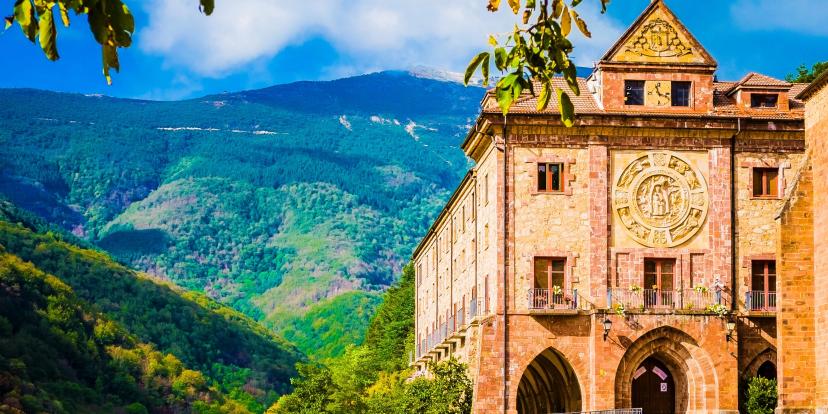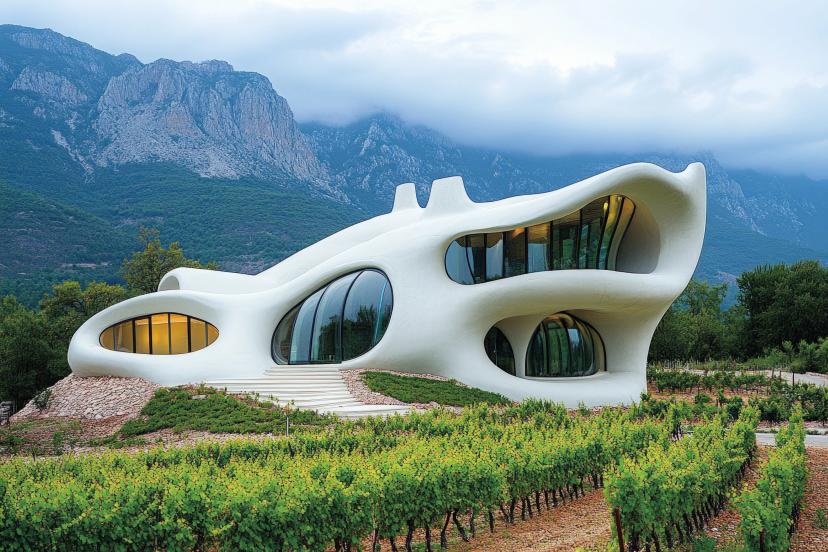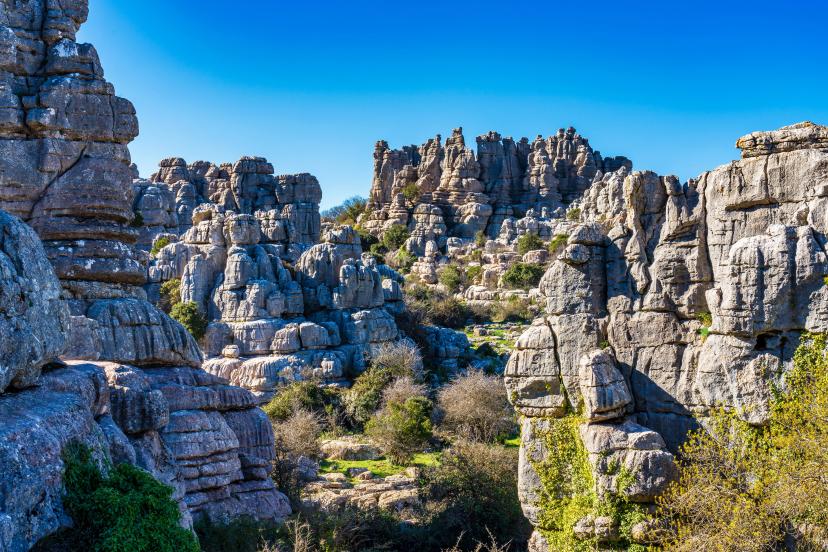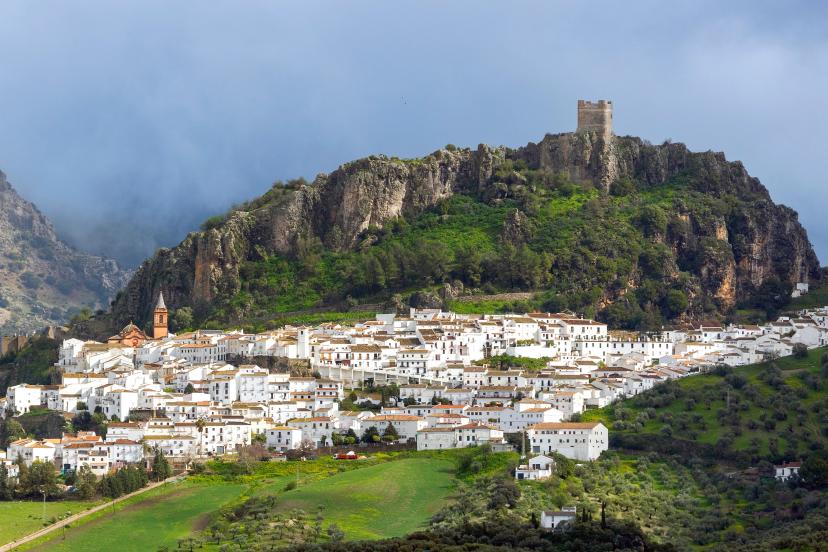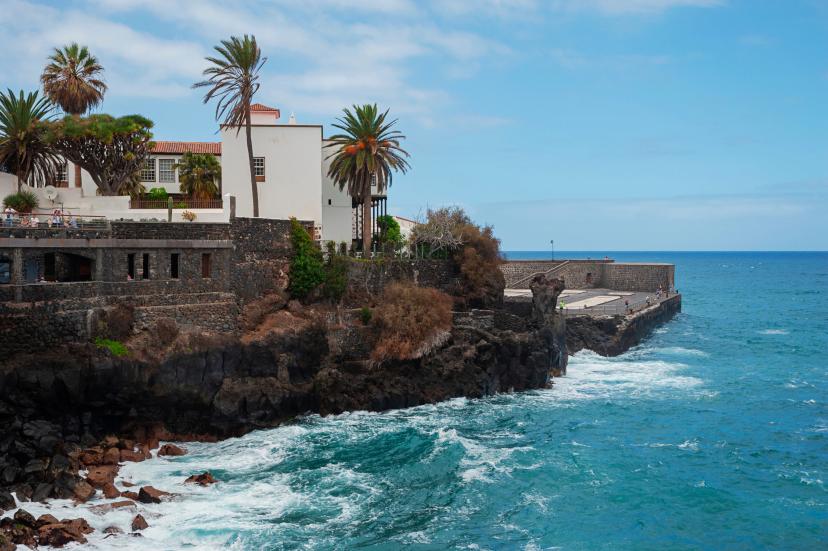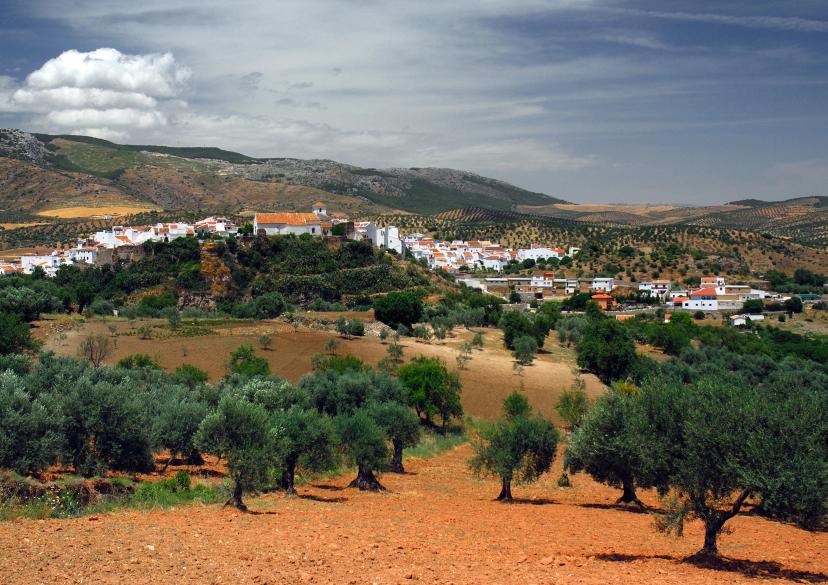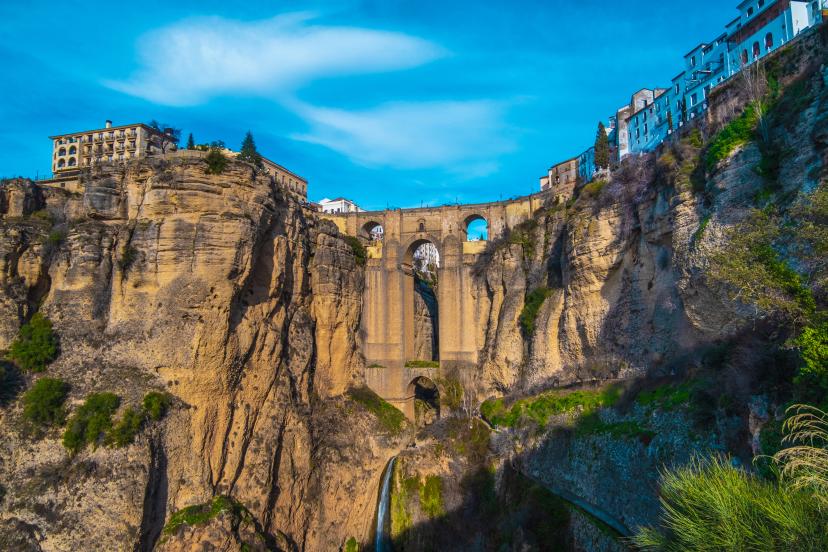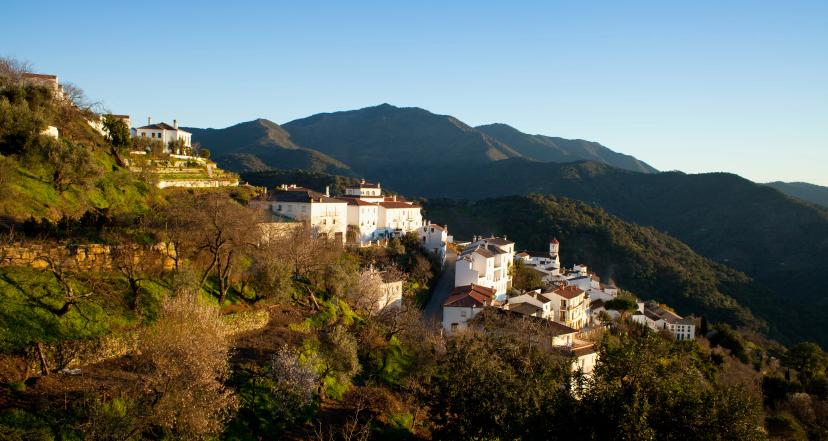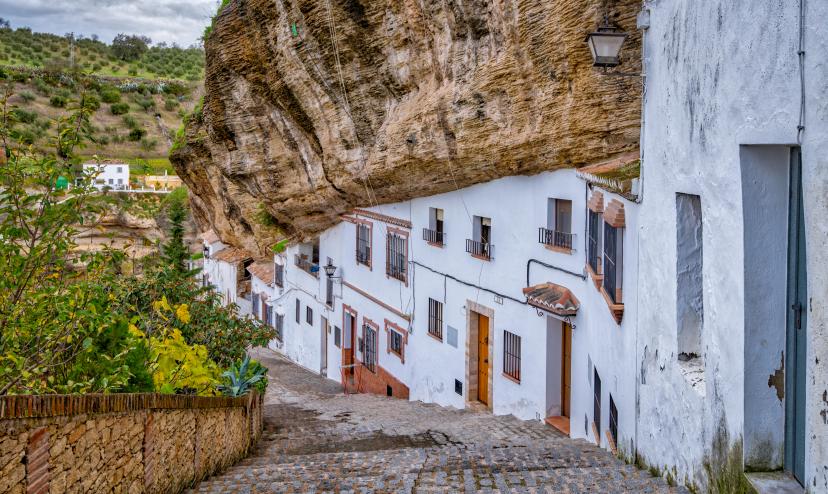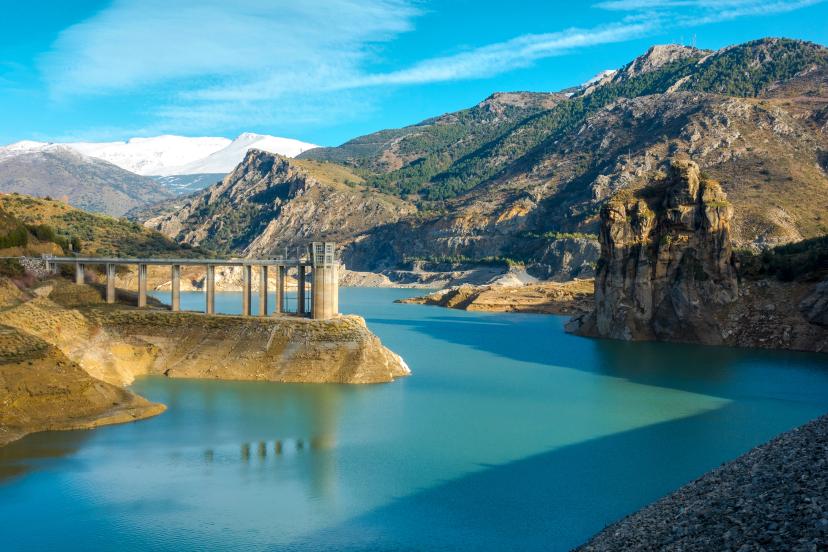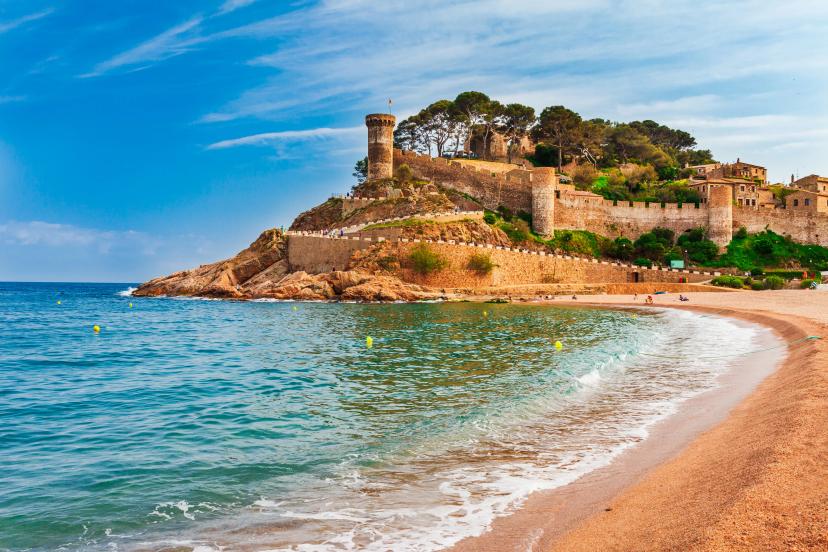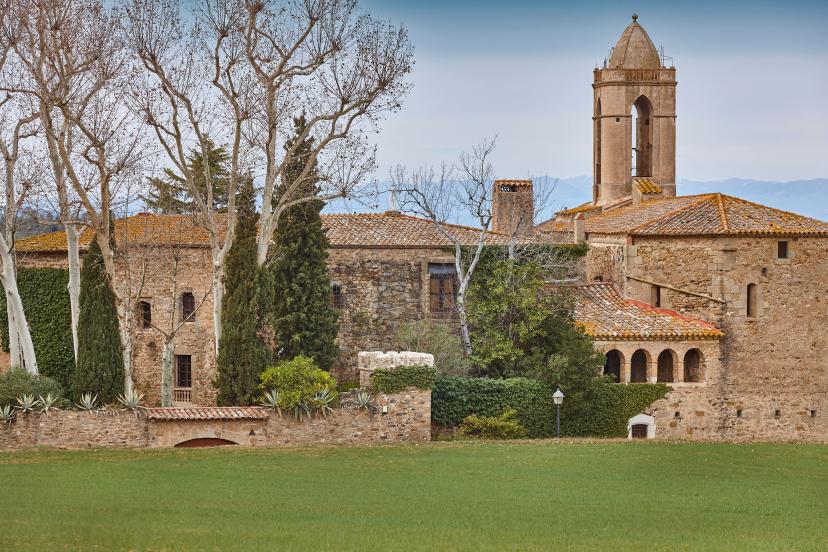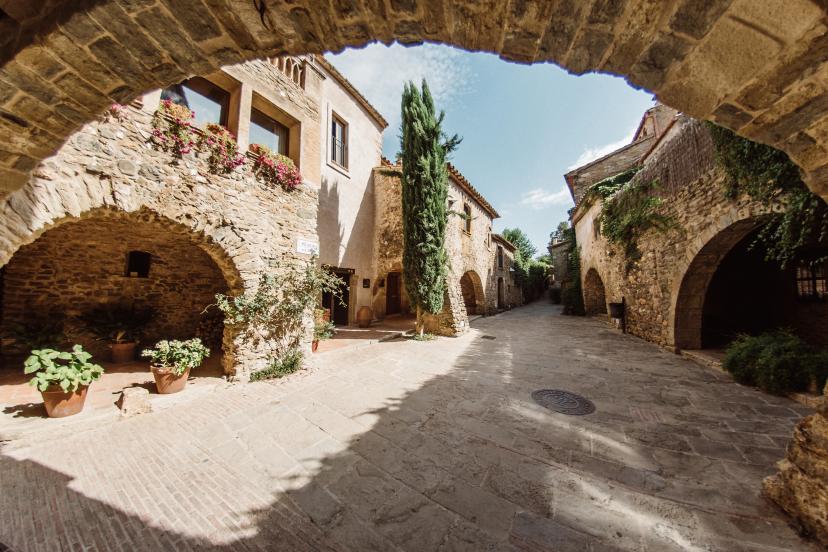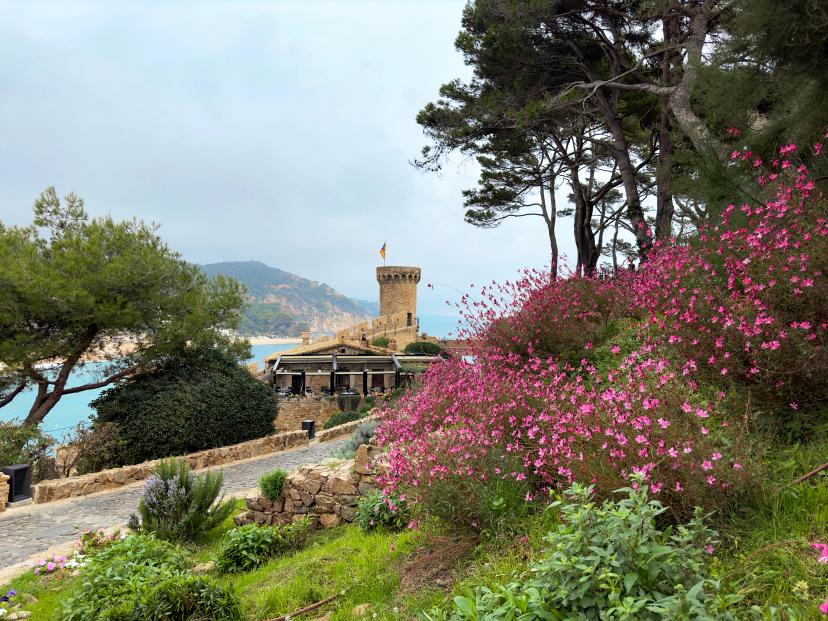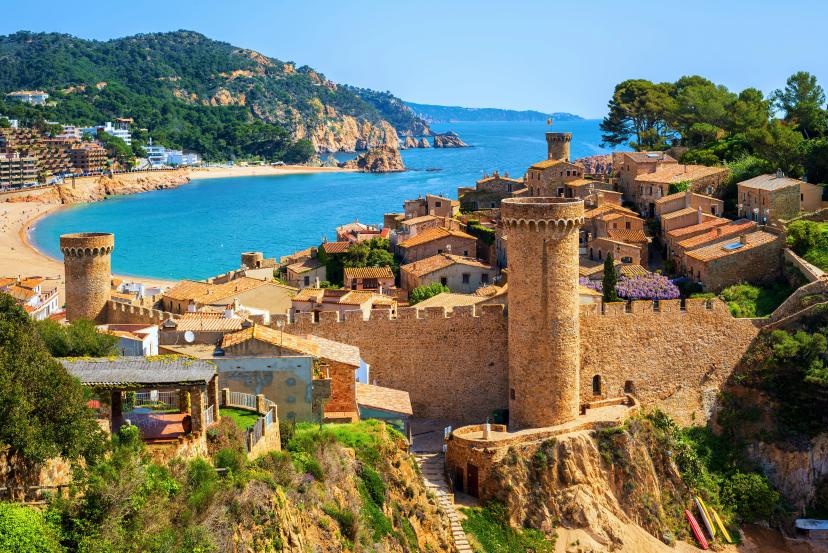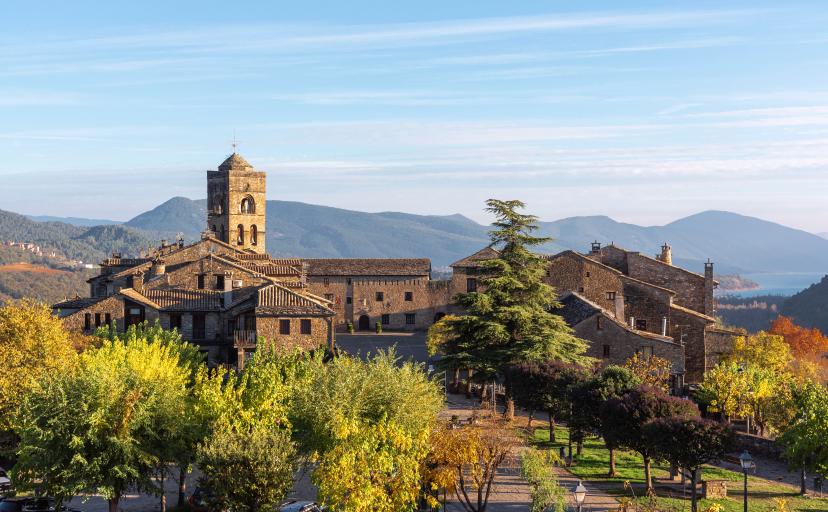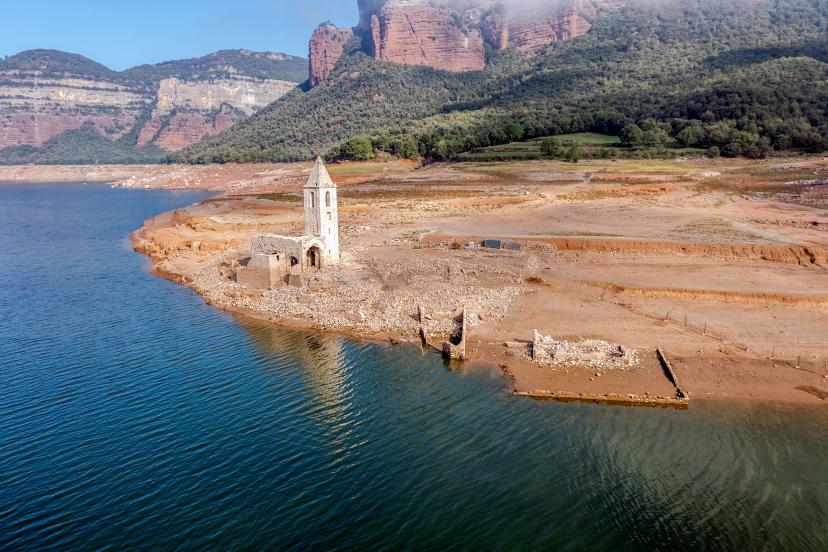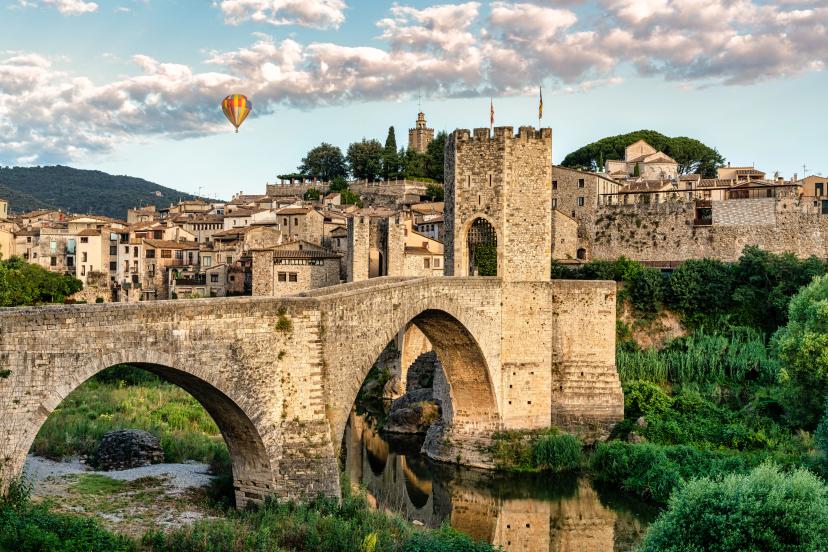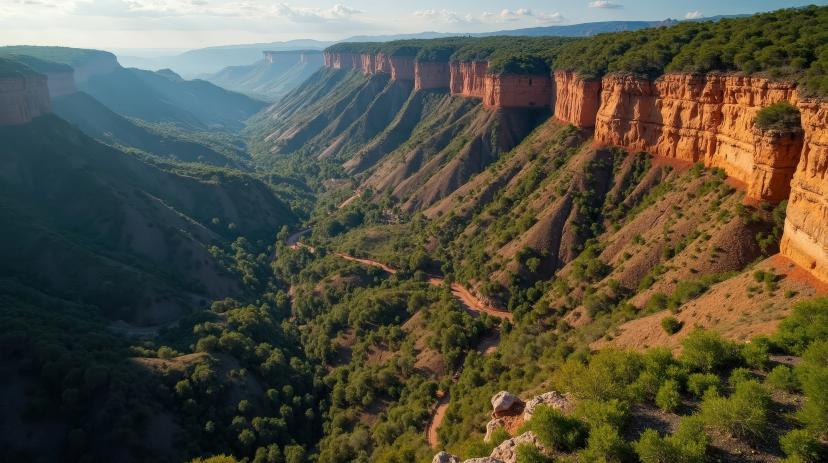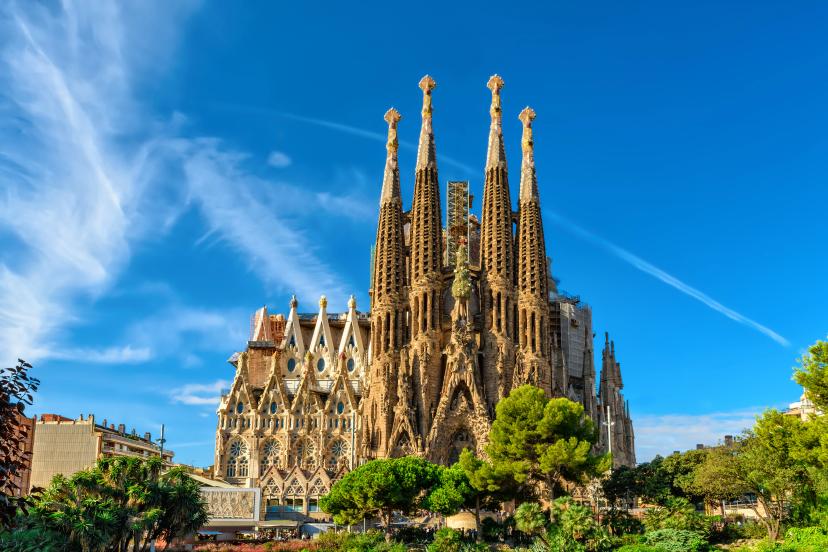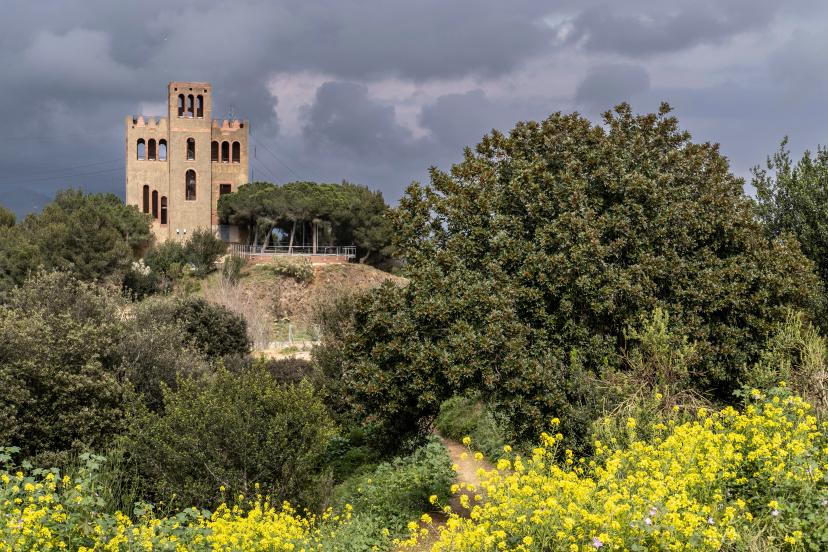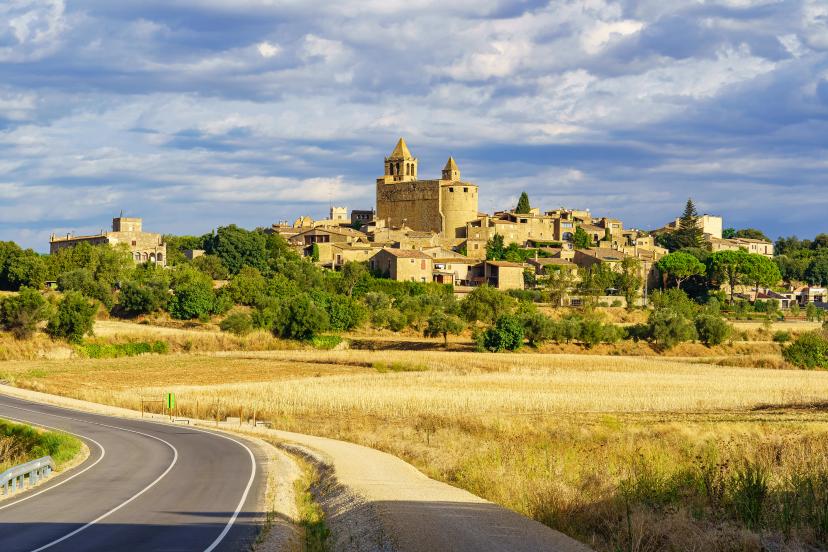Luoghi da non perdere in Spagna
Ecco la lista definitiva dei desideri per la Spagna! Esplora paesaggi epici, monumenti iconici, villaggi affascinanti e gemme nascoste che renderanno il tuo viaggio indimenticabile.
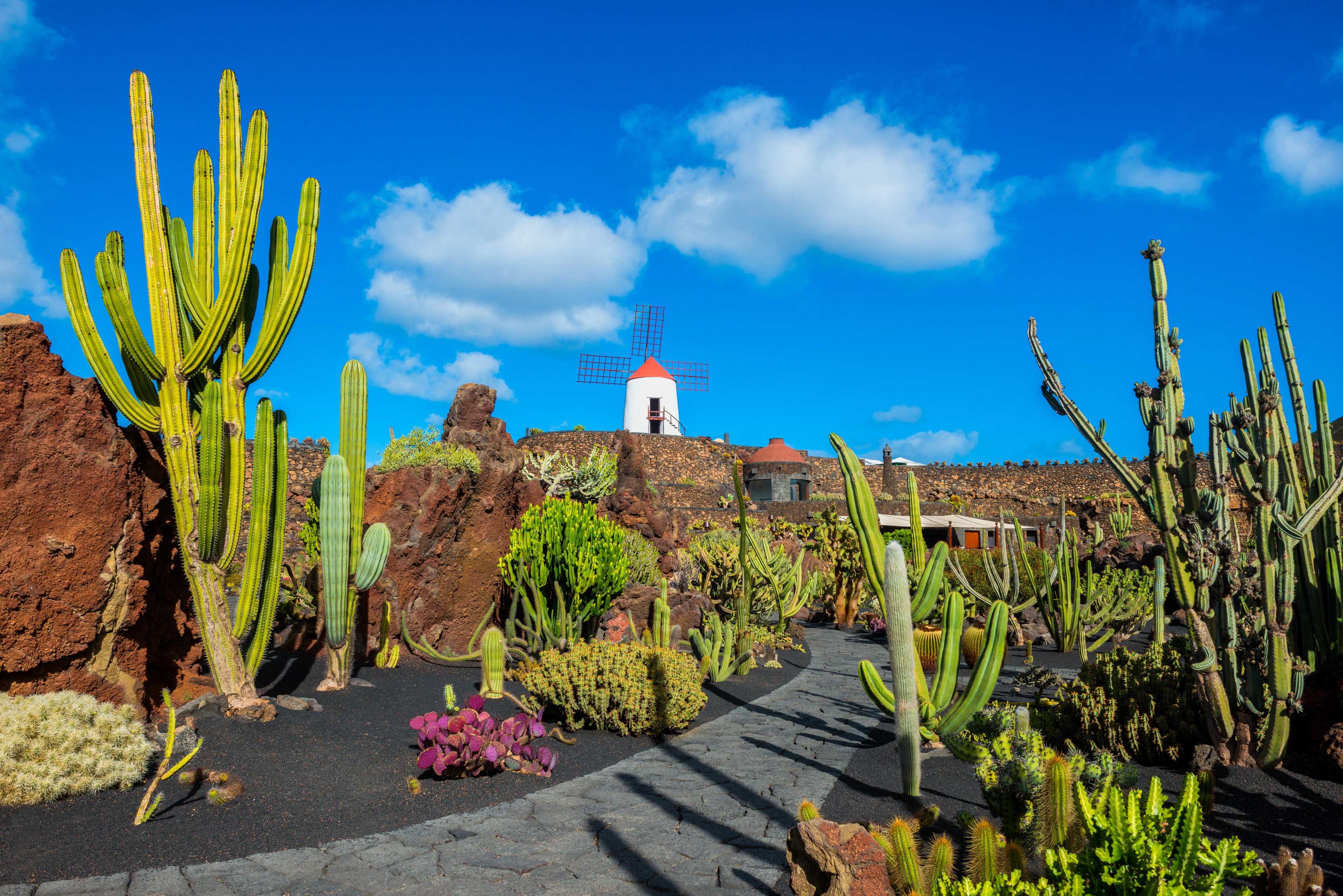
La Spagna esplode di storia, cultura e paesaggi mozzafiato. Dalle strade medievali e dai paesi baciati dal sole a montagne imponenti, spiagge incontaminate e isole vulcaniche, ogni angolo offre un tesoro.

Scopri castelli, siti UNESCO e meraviglie naturali—regione per regione—per vivere il meglio che questo paese vibrante ha da offrire.
Ecco i momenti imperdibili che potrai incontrare durante le nostre vacanze in bicicletta in Spagna:
Andalusia (Almería a Siviglia & Granada)
L'Andalusia è una terra di pianure baciati dal sole, villaggi imbiancati e catene montuose drammatiche. Dalle vivaci strade di Siviglia all'iconica Alhambra di Granada, la regione è caratterizzata dalla sua architettura moresca, dalla cultura flamenca e dai paesaggi naturali mozzafiato.
Qui, potrai esplorare gole, castelli e siti Patrimonio dell'Umanità UNESCO con le nostre Vacanze in Bicicletta in Andalusia per vivere appieno il suo fascino.
Principali Attrazioni dell'Andalusia:
Catalogna (Costa Brava, Girona e Pirenei)
La Catalogna fonde montagne impervie, valli verdi e una straordinaria costa mediterranea. Dal fascino medievale di Girona alla bellezza selvaggia dei Pirenei e alla tranquillità del Parco Naturale della Garrotxa, la regione mescola storia, cultura e meraviglie naturali. Scoprila completamente con i nostri Tour in Bicicletta in Catalogna.
Principali Attrazioni della Catalogna:
Paese Basco
Il Paese Basco affascina con la sua costa drammatica, le valli lussureggianti e il suo ricco patrimonio culturale. Dagli estuari popolati di uccelli del Parco Naturale di Urdaibai alle storiche strade di Gernika, è una regione piena di bellezze naturali e tradizioni vive. Esplorala su due ruote con i nostri Tour in Bicicletta nel Paese Basco.
Principali Attrazioni del Paese Basco:
Vigneti di Rioja e La Rioja
La Rioja è sinonimo di vino di classe mondiale, vigneti ondulati e città medievali. Dai monasteri storici ai punti panoramici su vigneti senza fine, la regione offre un perfetto mix di cultura, storia e gastronomia. Scopri i suoi tesori nel nostro Tour Gourmet dei Vigneti di Rioja.
Principali Attrazioni della regione di Rioja:
Isole Spagnole – Maiorca
Maiorca combina montagne impervie, villaggi affascinanti e costa mediterranea. La leggendaria catena montuosa della Tramuntana, Soller e il mercato storico di Sineu uniscono natura, cultura e vita tradizionale dell'isola. Scoprila con i nostri tour in bicicletta a Maiorca.
Principali Attrazioni di Maiorca:
Isole Canarie – Gran Canaria e Lanzarote
Le Isole Canarie presentano paesaggi vulcanici drammatici, spiagge incontaminate e patrimonio culturale. Dal Pico de las Nieves di Gran Canaria al Parco Nazionale Timanfaya di Lanzarote e alle creazioni di César Manrique, le isole offrono scenari diversi e esperienze indimenticabili. Abbiamo raccolto i principali tour in bicicletta dall'isola di Tenerife e altre Isole Canarie per darti un chiaro e strutturato punto di partenza per esplorare le isole.
Principali Attrazioni Gran Canaria:
Pronto a vedere tutto?
I nostri tour in bicicletta in Spagna sono attentamente progettati per garantire che tu possa vivere il meglio di ogni regione, dai luoghi iconici e meraviglie naturali ai tesori nascosti, così non ti perderai nulla.
Pronto a partire? Inviaci una richiesta e iniziamo a pianificare!
.jpg&w=3840&q=75)

Sin complicaciones
Nous nous occupons des itinéraires, des hébergements et de tout ce que vous préférez ne pas gérer, afin que vous puissiez profiter de vacances sans souci.

Completamente personalizable
La flexibilidad es nuestro segundo nombre: ya sea que desees más o menos, o simplemente algo más allá de lo ordinario, lo haremos posible.

Buch mit Vertrauen
Siamo un'azienda finanziariamente protetta, completamente vincolata e assicurata, che mantiene il vostro denaro al sicuro e vi permette di viaggiare con fiducia.

Apoyo inigualable
Il nostro servizio di assistenza clienti, attivo 24 ore su 24 e 7 giorni su 7, è il luogo in cui dimostriamo la nostra passione, offrendovi un'esperienza migliore e facendo del vostro benessere la nostra priorità numero uno.



